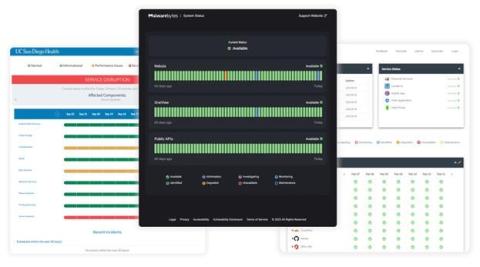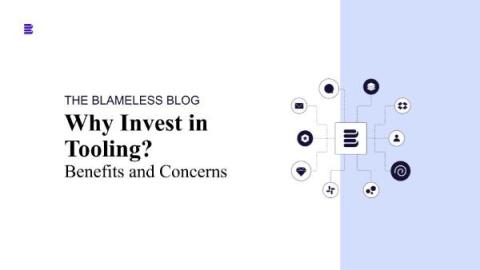What is a Pull Request and Why You Need Them
As an engineer, you're probably familiar with version control systems like Git that let you track changes to your codebase. But are you using one of the most useful features of Git pull requests? If not, you're missing out. Pull requests are one of the best ways to collaborate on projects and create better code. In this article, we'll go over the pull request meaning, why you should be using them, and how to create your own pull requests.📑 What is incident management software?











